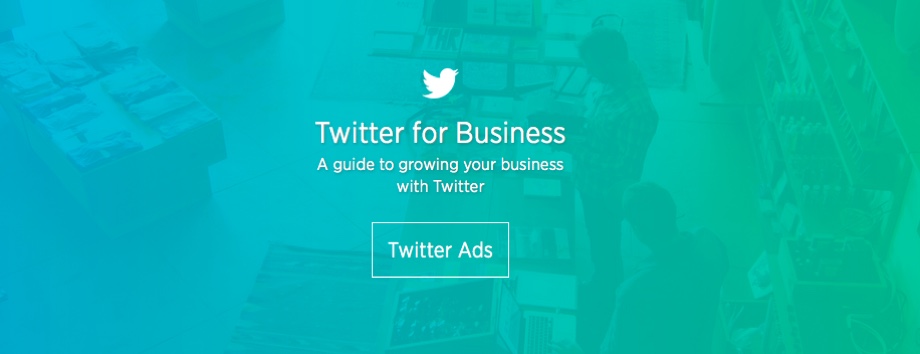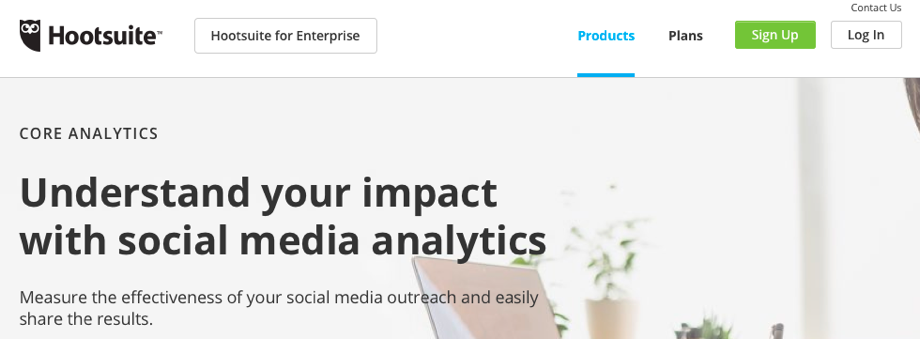If you haven’t already read Part I and Part II of this series.
The third step in our content marketing process is arguably the most important. It’s one thing to create content, but without a systematic process to distribute, promote it and attract readers, it’s a “tree falls in the woods” scenario.
If you’re looking for a simple strategy to promote your content and analyze its effectiveness, we’re going to share our entire process in this post.
You can find part one & two here:
The Pagely Content Marketing Process Part One: Organization, Ideation & Research
The Pagely Content Marketing Process Part Two: Writing, Editing & Optimizing for Search
Admittedly. the promotion process frequently comes up against time constraints and is not implemented to the fullest extent possible. However, it’s still important to have a framework in place in order to maintain consistency.
Publishing The Post
Last week we covered a large portion of the process that leads up to a post being ready to publish. Our focus was making sure the on-page SEO was in order. Just before hitting publish we do a final check to make sure the URL contains our primary keyword, ALT tags are in place and we’ve got a meta description in place. If everything lines up, it’s ready to go.
You might think that now is a good time to breathe a sigh of relief — that the hard work is done — but in reality, we’re only 50% of the way there. Next up comes our promotion process.
Promoting the Post

Besides writing, promotion is the second most time-consuming process. We’ve laid out a basic framework that outlines the different phases of promotion. Even if you fail to check every single item off the list, it’s still important to have a system in place. Otherwise, your process will lack consistency and you’ll never know what’s working well and what’s a waste of time.
The Importance of Tracking
The first step in the promotion process is to make sure we can track the results from each individual channel. To accomplish this, we’ve created a Google Spreadsheet that allows us to easily create UTMs. That way, we’ll be able to see in our analytics where each click originated.

We can’t over-emphasize the importance of this step. Even if you don’t plan on analyzing your data right away, at least make sure you tag everything so that when needed, it’s available for review. Google has a handy URL builder that simplifies the process of creating UTMs. We’ve gone one step further and created a Google Spreadsheet (which you can find here) that makes the process even easier. Simply duplicate rows as needed and enter your campaign information.
Pushing Content To Channels
Once the post URL is tagged with the appropriate UTM, we distribute it via Hootsuite to the following channels:
- Google+
We also schedule a second round of promotion for each channel that references the post via a statistic, quote or benefits statement.
The initial steps described above should be considered a bare minimum as far as promotion goes. With round one of promotion sent and round two scheduled, it’s time to get a little more in-depth. For the steps that follow, you might decide to pick and choose depending on the content. Either way, you can use this as a general guideline. Again, use UTMs wherever possible so you can attribute properly.
- Approach companies and individuals mentioned in the post and ask if they are willing to distribute via their channels. This can include both social and email.
- Look for trending posts or similar topics using Buzzsumo, Topsy or Twitter search. Wherever possible, look for a way to contribute to and join the conversation.
- Promote the post to influencers who have similar content.
- If a post has enough value or has decent traction at this stage, consider boosting promotion with paid ads. UTMs are critical here to measure effectiveness.
- Look for conversations where you can contribute and link back to the article. Start with Quora, LinkedIn, Yahoo Answers, and relevant blogs.
- If applicable, consider submitting to Hacker News and Growth.org
- Is there potential to expand on the topic or answer questions via YouTube, Hangouts, Blabb or another similar channel?
- Post to SlideShare.
It would be rare to complete all of these steps for every piece of content. Not only is it time-consuming, but not every post warrants the same degree of promotion. This is why it’s important to track your results. If you notice that a particular post is resonating well with your audience, it might be time to step on the gas pedal and see how far you can run it. On the flip-side, if a post is performing poorly right out of the gate, despite your efforts, let it go and move on.
Analyzing Your Results
This is where your tracking and promotion efforts begin to pay dividends. If you’ve taken the time to properly tag each URL prior to distributing, you’ll be able to see which channels are performing well and which might require less attention.
We primarily refer to three sources when reviewing how well each post is performing:
First is Google Analytics. You can come up with your own set of metrics but here is what we look at on a post by post basis:
- How many pageviews did the post receive?
- How many goal completions occurred as a result of each post?
- Which channels produced the best results?
The second source of information comes from Authority Labs. We want to know how well a particular post if performing in terms of backlinks and mentions as well as and how we’re ranking in the SERPs. Having logged the target keyword for each post in AuthorityLabs (Part II) we’ll periodically monitor SERP standing. If a post is on the cusp of breaking through into page #1 search results we’ll use the SERP info to selectively invest that extra effort to gain strategic backlinks via the above methods and to nudge the ones that are positioned to breakthrough.

Finally, we take a look at our Hootsuite analytics:
- Which content is performing well across which channel?
- What impact has a post had on our social following?
- Which influencers or brands might have noticed or shared a post?
As a general rule, we find that 2 weeks out from the post date is the best time to get an accurate feel for performance. But that doesn’t mean you shouldn’t be monitoring before and after that time frame.
Final Thoughts
Over the past 3 posts, we’ve covered each individual step of our content marketing process. If we had to finish with one key point that stands above everything else, it’s this:
Our content marketing process, and ultimately yours too, is comprised of many individual pieces. But none of them can stand alone. Good content, SEO, outreach, promotion and analysis are equally important. Effective content marketing depends on having each one of those elements in place. If one is missing, it can derail the entire process.
Have some feedback you’d like to share? If you’re running your content marketing a little differently we’d love to hear what works or doesn’t work for you.
